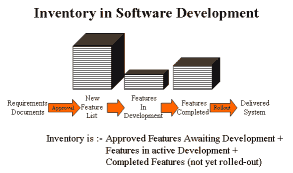Development Tools: IntelliJ IDEA 3.0

Duane Fields reviews IDEA 3.0 in Java Developers Journal, Sep 2002. It supports many of the refactoring capabilities in Fowler, Martin et al. Refactoring: Improving the Design of Existing Code. Addison Wesley, 1999.
Our lead architect likes it and Duane Fields says:
"I must admit, until recently my idea of an integrated development environment was Emacs, a couple of shell windows, and a six-pack of Dr. Pepper. I had nothing against IDEs, in fact I was all for them, I just couldn't find one that worked for me, instead of the other way around. Everything I tried either didn't format code the way I liked, required the entire development team to convert to it, didn't run my build scripts, wouldn't talk to my source code control system, or otherwise forced me to bend to its will. Maybe I'm too picky, but hey I like to do things my way.
"For the past several months, however, I've been developing almost exclusively with various beta builds of IntelliJ IDEA 3.0. It still has some bugs, of course, but this new IDE is so spectacular that even in its preproduction state I can't imagine coding without it. I introduced a few co-workers to the software to hear their opinions, knowing each of them already had established their own favorites NetBeans, Forte, JBuilder, JRun Studio, and Visual J++. They're all using IDEA 3.0 now."





